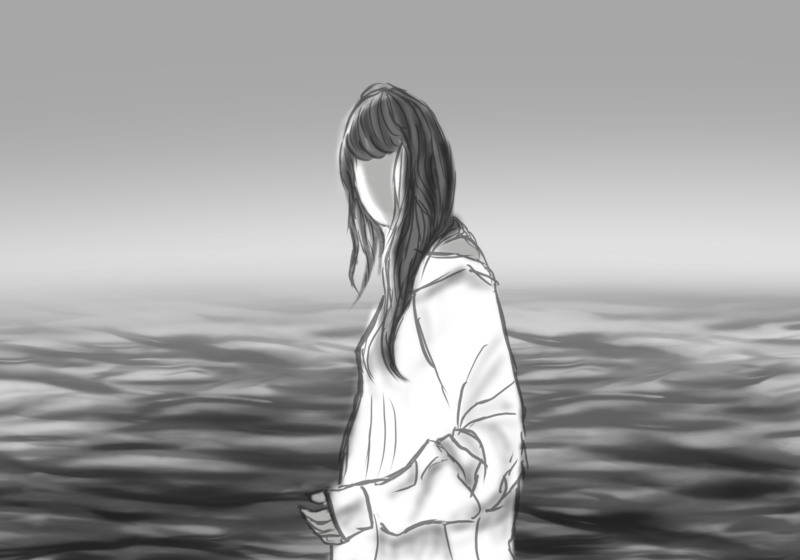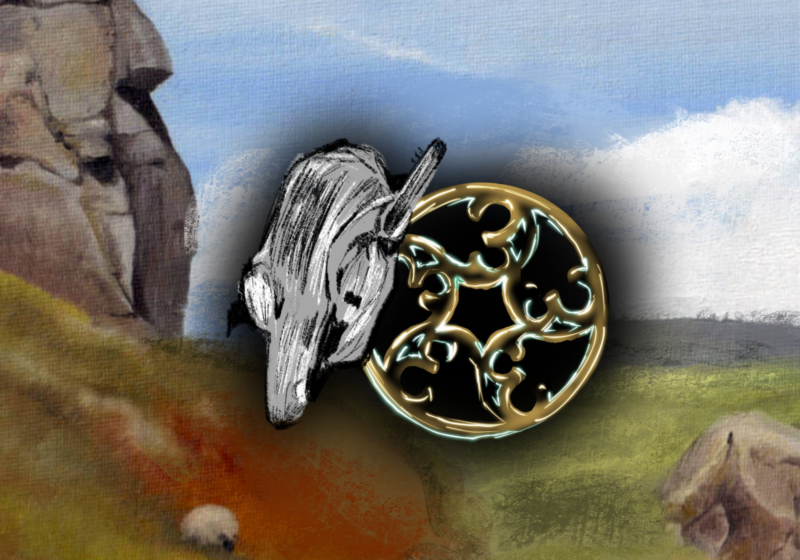During a recent dinner conversation, a friend casually informed me of the perils of her dorm shower. Apparently, if one forgets to place both shower curtains inside the shower, the bathroom floor turns into a lake. Subsequently, when one walks through this lake with flip flops, one is almost guaranteed to go waterskiing into the hall, at which point a hilarious feet-in-the-air fall is almost inevitable.
As someone who does not have this shower curtain dilemma, I found the situation hilarious. It played directly into the theme of this week’s Health Watch, which is – drum roll please – how to appropriately use heat and ice, whether after a comical shower curtain mishap or perhaps just because.
The benefits of ice are countless. Ice reduces bleeding into tissues, prevents and/or reduces swelling, reduces muscle spasms and reduces pain – both by numbing the area, as well as by preventing and/or reducing the aforementioned potential problems.
Ice is ideal in both the immediate treatment of soft tissue injuries as well as in later rehabilitation. Ice is also excellent as a functional treatment. By reducing pain, muscle spasms and swelling, one is more able to use the joint/muscle, which thereby increases functionality. Ice should never be applied directly to the skin as it can cause frostbite.
Protect your skin with a light coating of oil – regular kitchen oil will do – or by wrapping ice in a cloth, such as flannel. Ice should be left on the affected site for approximately 20 to 30 minutes. Little benefit is gained by leaving ice on longer and the user runs the risk of skin damage. Ice can be applied every two to three hours for the first 24 to 48 hours after an injury.
Heat, such as soaking in a hot tub, using heat lamps, hot water bottles, deep heat creams or heating pads should not be used on any new injury as heat will increase bleeding and swelling, thereby making the problem worse. After 48 hours, heat may be applied. Heat causes the blood vessels to dilate – open wide – which brings more blood into the area and thereby promotes healing. Heat can also help to reduce pain and/or muscle spasm.
As treatment may vary by individual – i.e. someone with Reynaud’s phenomenon – may be instructed to use ice sparingly or not at all.
Always consult a physician if you have any questions or concerns about an injury or illness. I’d say “happy fall,” but let’s settle for “happy autumn.”
Newman works in the Health Promotion Office of the University Health Service and can be reached at jnewman@campustimes.org.





